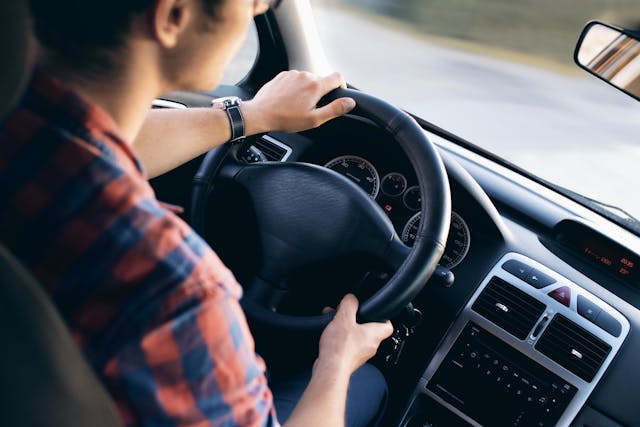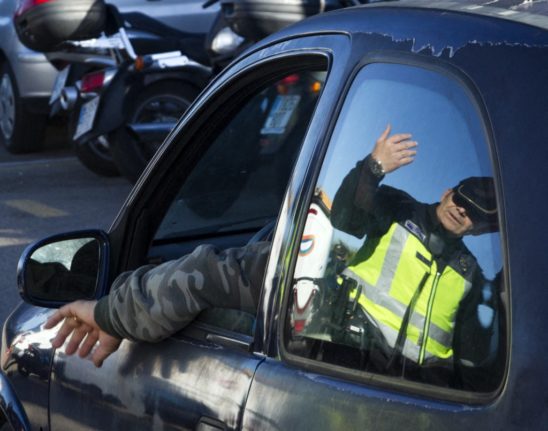When you buy a car in Spain the driving authority, the Dirección General de Tráfico (DGT), asks you to register your car so that you (and they) can have a reference of where it is, who owns it and, crucially, where you’ll pay tax on it.
This information is necessary because paying vehicle tax in Spain (known as Impuesto sobre Vehículos de Tracción Mecánica or IVTM) depends on where in the country you live, and differs slightly depending on the municipality where you are registered.
You pay the tax in the municipality in which the vehicle is registered, and though the exact amount depends on your area and the type of car you have, generally speaking the annual tax is between €112 and €300 for the year.
READ ALSO: EXPLAINED: What you need to know about road tax in Spain
IVTM is a tax you pay at the municipal level, that is, to your local town hall. According to the DGT, “the Traffic Tax of a vehicle is a mandatory tax that is applied on all motor vehicles, allowing them to circulate on public roads throughout the country”.
But what happens if you move?
Well, it depends. If you’re moving but staying within the same municipality, not much, but if you’re moving across the country to a new part of Spain, you’ll need to change your car’s registered address with the DGT.
How can you request a change of tax address for your car in Spain?
Any change of tax address must be requested by the owner of the vehicle or a duly authorised person on their behalf. There are four ways to request it:
Online – this is done through the DGT’s website, which you can find here. If it’s a general application, you shouldn’t need to attach any documentation. You can simply change the address of all your vehicles or select only those you wish to modify, choosing between the registration address or the tax address of the owner.
For vehicles moving from the Canary Islands, Ceuta and Melilla to the Spanish mainland peninsula or the Balearic Islands, or agricultural vehicles or those with any type of legal limitations or restrictions, you must make the application through the special cases option (supuestos especiales on the DGT website).
In this case, you essentially need to get documentation proving that the car has been cleared through customs. If it is an agricultural vehicle, you will need to provide the document showing that you have reported the change in Spain’s Official Register of Agricultural Machinery (ROMA).
By phone –- call 060, which is the number in Spain to get through to the Servicio de Información de la Administración General del Estado, essentially the go-to contact number for all things public services and administration. You can contact the DGT through this number, where they will check that the address you indicate coincides with the one on the INE register and, if so, make the requested change for you.
READ ALSO: The tricks drivers use to pay less in car taxes in Spain
DGT App — If you have the miDGT app, you can also change your address through the platform.
In person — you can also change your vehicle’s tax address at your town hall (ayuntamiento) where you are currently registered (pre-move) or at any DGT traffic office, though you will need to make an appointment online or by phone beforehand. You can do that here.



 Please whitelist us to continue reading.
Please whitelist us to continue reading.
Member comments